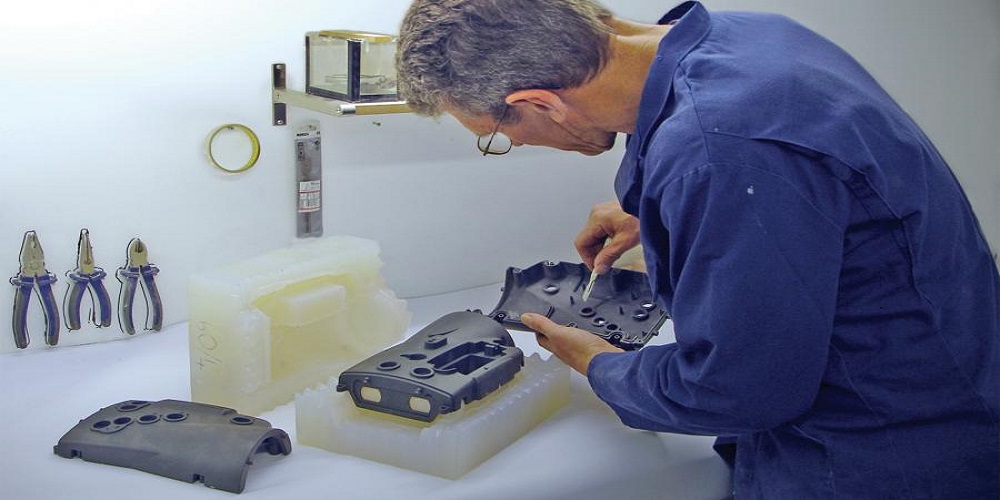In today’s competitive environment, small-scale manufacturing enterprises confront several difficulties. They must work tirelessly to increase productivity, save expenses, and provide consumers with high-quality goods. Using the Vacuum Investment Casting Process is one approach to accomplish these objectives. Small-scale producers may make high-quality components rapidly and affordably with this approach. This article will examine the uses, benefits, and ideal procedures of vacuum casting technology.
Applications of Vacuum Casting Technology
Several sectors utilize vacuum casting techniques, including aerospace, automotive, medical devices, and consumer goods. This method is best for creating tiny to medium-sized items with intricate detailing and complicated shapes. Applications for vacuum casting technique include some of the following:
Replacement parts
It is common practice to manufacture replacement components for machinery and equipment using vacuum casting technology. Similar material qualities to the original can be reproduced in pieces by the procedure.
Low-volume manufacturing
Technology for vacuum casting is also excellent for making small numbers of components. Since they can be made rapidly and at a reasonable cost, the molds are utilized in the process.
Prototyping
Using the vacuum casting technique, prototypes for new items are frequently made. Before committing to mass production, firms may use this approach to swiftly create workable prototypes that can be evaluated and improved.
Vacuum casting technology benefits
The use of vacuum casting technology has a number of benefits over conventional production techniques. Among the most important benefits are the following:
- The technology of vacuum casting is a practical means of making microscopic pieces. Since they can be made rapidly and at a reasonable cost, the molds are utilized in the process.
- Manufacturers can make components fast thanks to vacuum casting technology. It’s because the procedure avoids the need to produce an expensive injection molding tool.
- High-quality pieces with precise features and great surface polish are produced by the vacuum casting technique. That occurs as a result of the usage of silicone molds, which can accurately reproduce even the most minute characteristics.
- The extremely adaptable vacuum casting process can create pieces from a variety of materials, such as silicone, urethane, and different polymers.
Best Practices for Vacuum Casting Technology
Small-scale producers should adhere to the following recommended practices to maximize the potential of vacuum casting technology:
Planning the procedure
The constraints and needs of the process should be taken into account by manufacturers when developing products using vacuum casting technology. For instance, they want to stay away from undercuts and create pieces that are simple to extract from the mold.
Make use of premium materials
High-quality materials should be used by manufacturers to create high-quality parts. It involves making sure the molds are built of top-notch silicone and choosing the suitable casting material.
Improve the mold
The vacuum casting technique depends heavily on the mold. In order to make high-quality products with a superb surface finish and fine details, manufacturers need to optimize the mold design.
Monitor the procedure
Vacuum casting should be regularly monitored by small producers to guarantee that it continually delivers high-quality products. It involves keeping an eye on the temperature, pressure, and length of a cure for the casting material.
Test the parts
Manufacturers should extensively test them to make sure they satisfy the necessary requirements before employing them in a production setting. It involves functional, robust, and strength testing.
Conclusion
For small-scale manufacturing enterprises wanting to streamline and create high-quality components affordably, vacuum casting technology is a useful tool. Small-scale manufacturers may maintain their competitiveness and satisfy client needs by adhering to best practices and remaining current with the most recent technological advancements. Vacuum casting technology has a promising future and has the potential to revolutionize the small-scale manufacturing industry.
